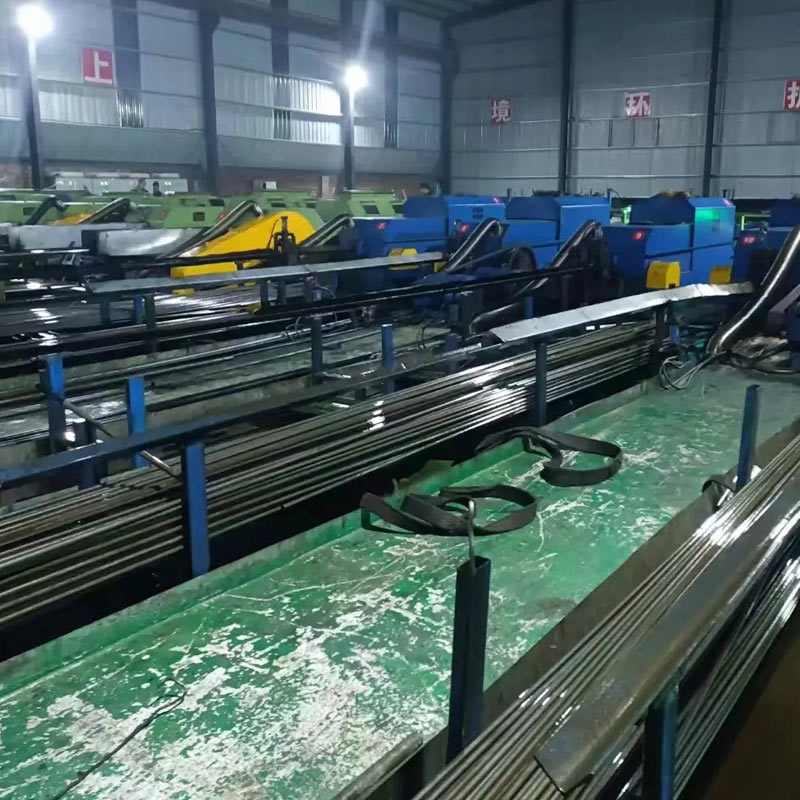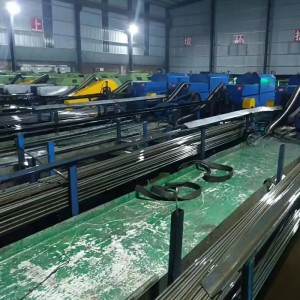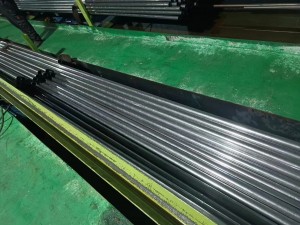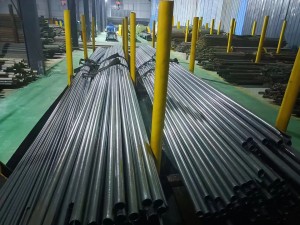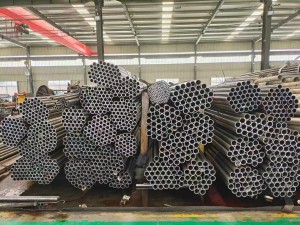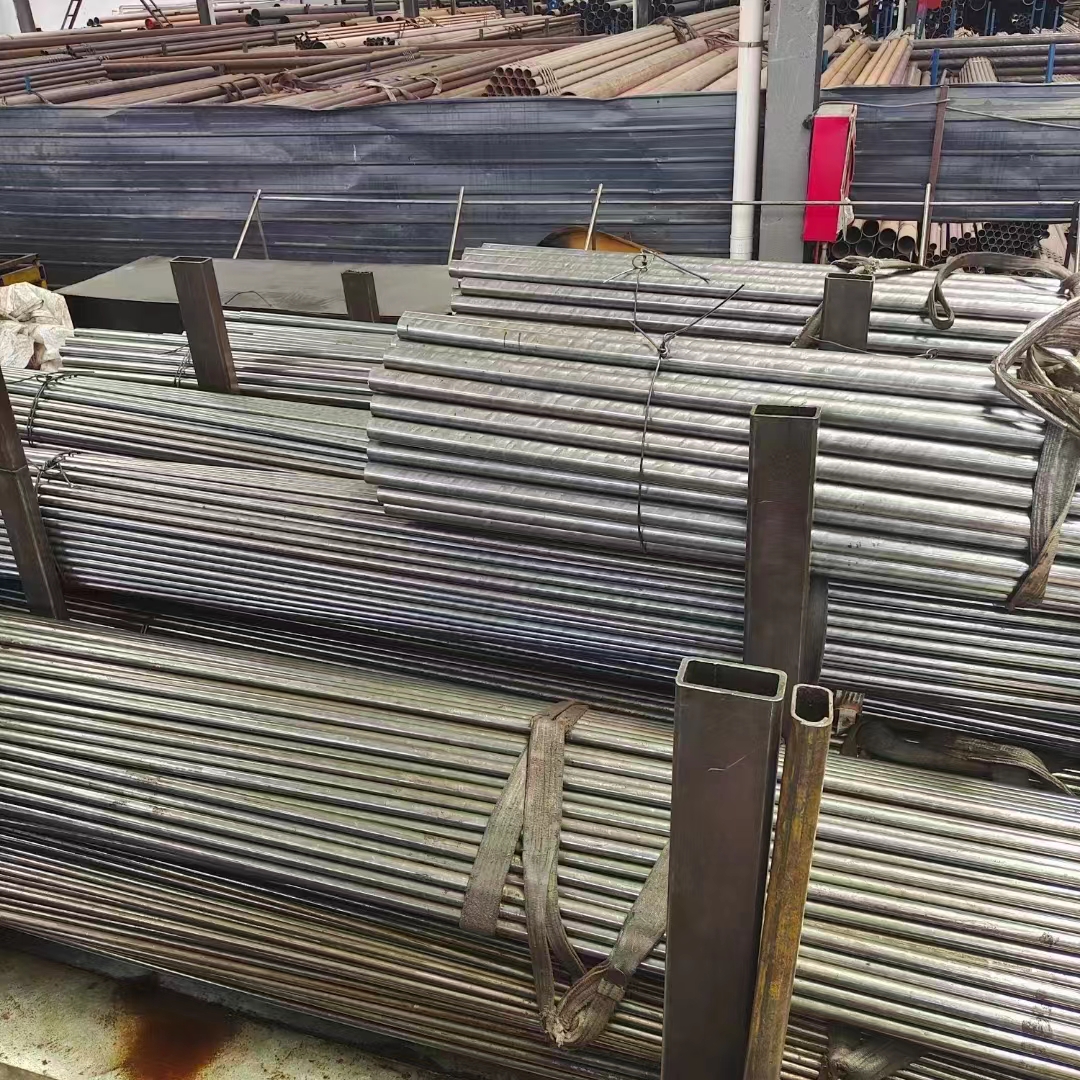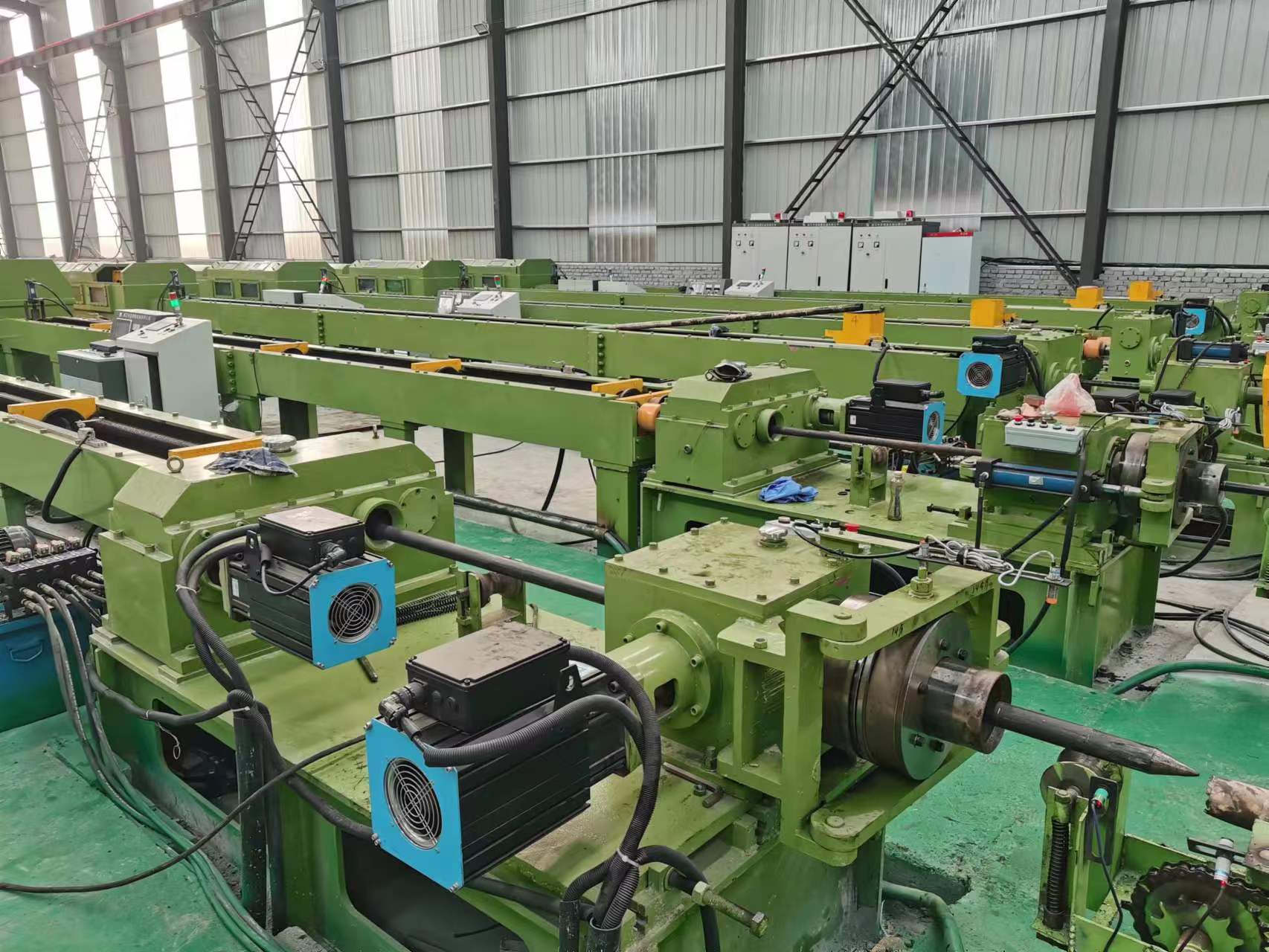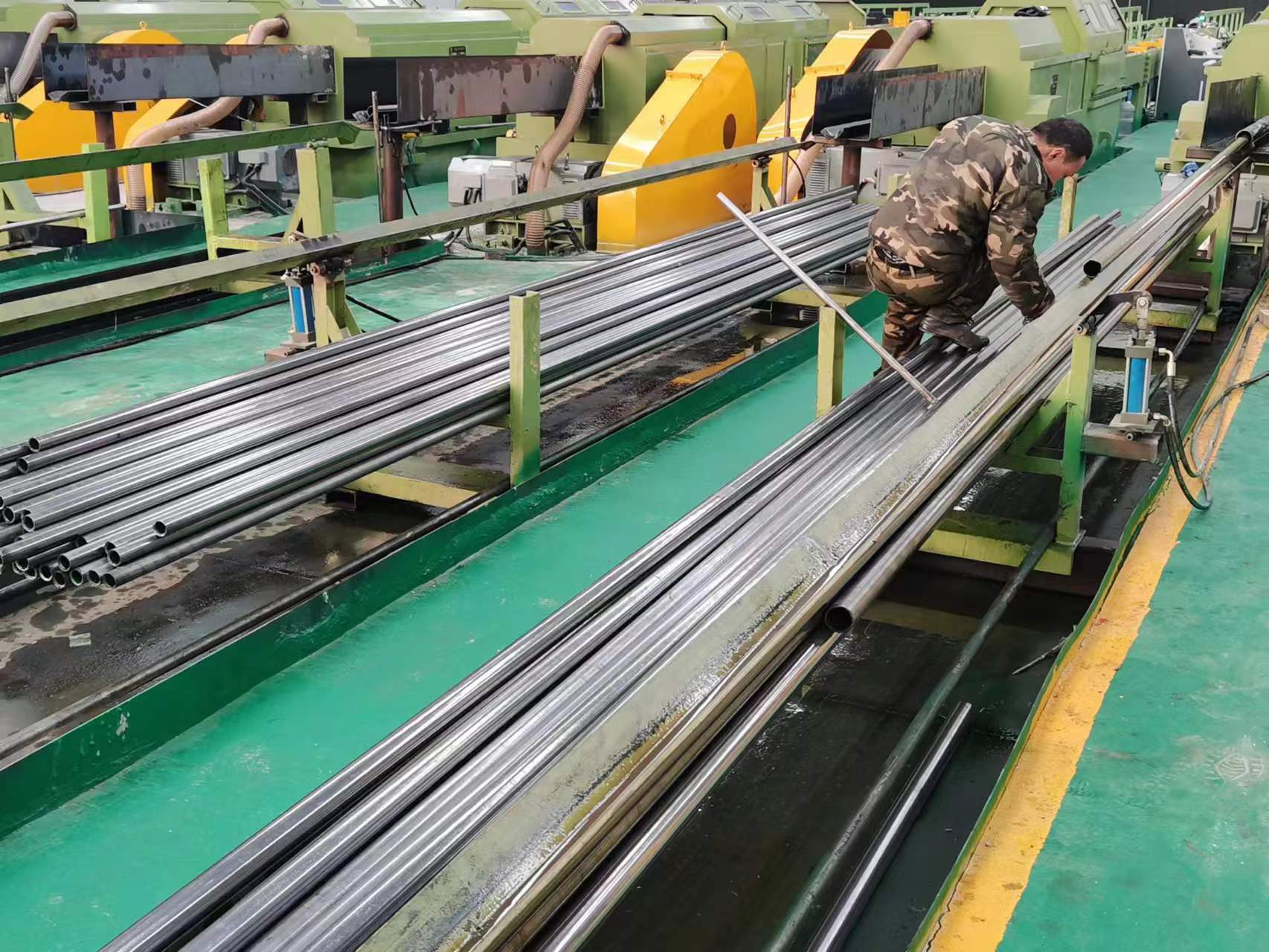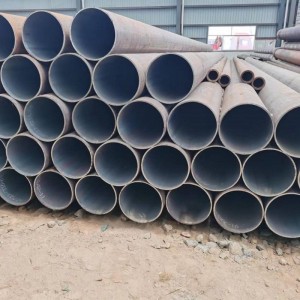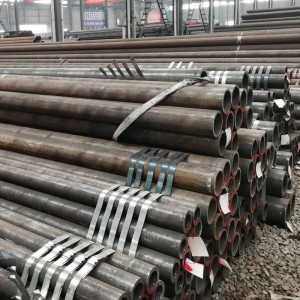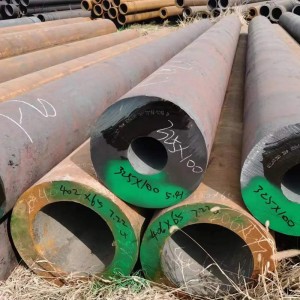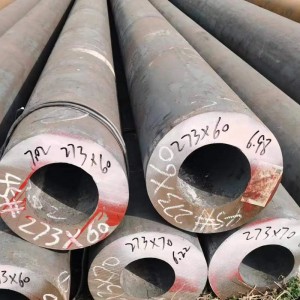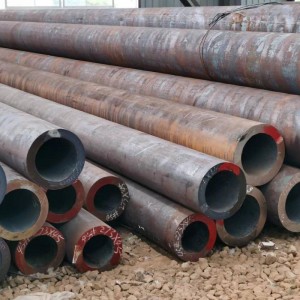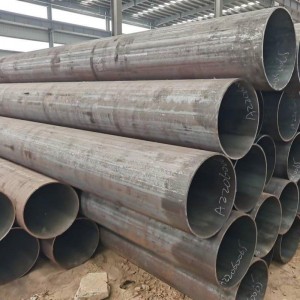Pipe Size is specified with two non-dimensional numbers:
Nominal Pipe Size (NPS) for diameter based on inches.
Schedule Number (SCH to specify the wall thickness of the Pipe.
Both the size and schedule are required to accurately specify a particular piece of pipe.
Nominal Pipe Size (NPS) is the current North American Set of standard sizes for pipes used for high and low pressures and temperatures. A further discussion of this is here.
Iron Pipe Size (IPS) was an earlier standard than NPS to designate the size. The size was the approximate inside diameter of the pipe in inches. Each pipe had one thickness, named (STD) Standard or (STD.WT.) Standard Weight. There were only 3 wall thicknesses at the time. In March 1927, the American Standards Association created a system that designated wall thickness based on smaller steps between sizes and introduced Nominal Pipe Size which replaced Iron Pipe Size.
Schedule Number for wall thickness ranges from SCH 5, 5S, 10, 10S, 20, 30, 40, 40S, 60, 80, 80S, 100, 120, 140, 160, STD, XS (Extra Strong) AND XXS (Double Extra Strong).
Pipe and Tubing Terms of Interest
BPE – Black Plain End Pipe
BTC – Black Threaded & Coupled
GPE – Galvanized Plain End
GTC – Galvanized Threaded & Coupled
TOE – Threaded One End
Pipe Coatings & Finishes:
Galvanized – Covered with a protective zinc coating on steel to prevent the material from rusting. The process can be hot-dip-galvanizing where the material is dipped in molten zinc or Electro-Galvanized where the steel sheet from which the pipe is made was galvanized during production by an electro-chemical reaction.
Uncoated – Uncoated Pipe
Black Coated – Coated with a dark colored iron-oxide
Red Primed – Red Oxide Primed used as a base coat for ferrous metals, gives iron and steel surfaces a layer of protection
